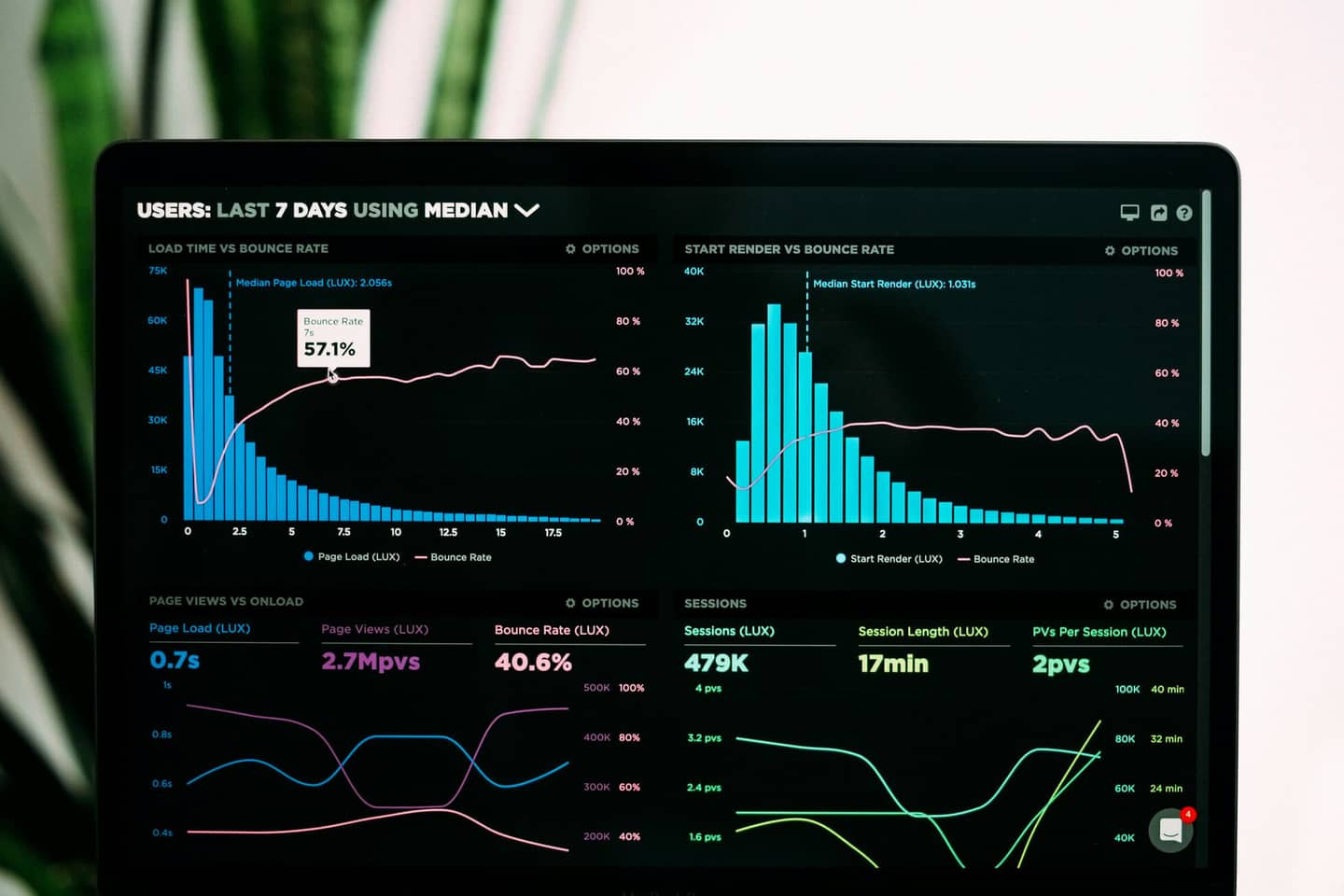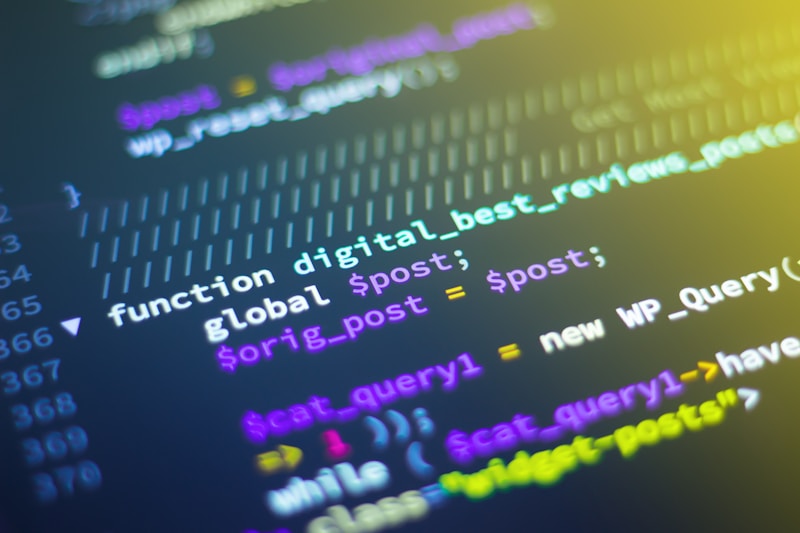As artificial intelligence writing tools become increasingly sophisticated, a critical question emerges: Do AI detectors actually work? With the explosive growth of AI-generated content across academic institutions, professional workplaces, and creative industries, understanding the effectiveness of AI detection tools has never been more crucial. These detection systems promise to identify machine-generated text with high accuracy, but their real-world performance tells a more complex story.
Whether you're an educator concerned about academic integrity, a content manager maintaining quality standards, or simply curious about the technology behind AI detection, this comprehensive guide examines how these tools function, their accuracy rates, and the critical limitations you need to know. We'll explore the science behind AI detection methods, analyze what affects their reliability, and provide practical insights for making informed decisions about using these tools.
Do AI Detectors Actually Work?
The effectiveness of AI detectors varies significantly depending on multiple factors, including the sophistication of the AI-generated content, the detection method employed, and the specific context of use. Current AI detectors demonstrate accuracy rates ranging from 70% to 95% under optimal conditions, but these numbers can drop substantially when faced with heavily edited content, mixed human-AI writing, or text from newer AI models. Research from leading universities indicates that while AI detectors can identify obvious patterns in machine-generated text, they struggle with nuanced content that has been refined or humanized.
The reality is that AI detectors work as probabilistic tools rather than definitive arbiters of authenticity. They analyze text characteristics and provide likelihood scores indicating whether content might be AI-generated. This means that even the best AI detectors cannot guarantee 100% accuracy, and users must understand these limitations when making important decisions based on detection results. The technology continues to evolve rapidly, with both AI writing tools and detection systems engaged in an ongoing technological arms race.
How AI Detectors Identify Machine-Generated Text
Understanding how AI detectors identify machine-generated content is essential for evaluating their effectiveness and limitations. These tools employ multiple sophisticated techniques to distinguish between human and AI-authored text, each with unique strengths and weaknesses. The detection process typically involves analyzing various linguistic, statistical, and contextual elements that differ between human and machine writing patterns.
Linguistic Pattern Analysis
Explanation: Linguistic pattern analysis examines the structural and stylistic elements of text to identify telltale signs of AI generation. This method analyzes sentence structure complexity, vocabulary distribution, coherence patterns, and transitional phrases. AI-generated text often exhibits predictable patterns in sentence length variation, overuse of certain connecting words, and unnaturally consistent paragraph structures that human writers rarely maintain.
Advantages: This approach excels at detecting formulaic AI content and can identify repetitive linguistic patterns that humans naturally avoid. It's particularly effective with longer texts where patterns become more apparent and can detect subtle inconsistencies in writing style that might escape casual observation. The method also works across different languages and can be adapted to various writing genres.
Limitations: Linguistic analysis struggles with short texts where patterns haven't fully emerged and can produce false positives with non-native speakers or formal academic writing that naturally follows rigid structures. Advanced AI models increasingly mimic human linguistic variation, making detection more challenging. Additionally, heavily edited AI content can mask these linguistic markers effectively.
Safety Considerations: Over-reliance on linguistic pattern analysis can unfairly flag legitimate human writing that happens to be formulaic or structured, potentially harming students or professionals who naturally write in more formal styles. Cultural and linguistic biases in detection algorithms may disproportionately affect certain groups of writers.
Statistical and Probability Models
Explanation: Statistical models calculate the probability of word sequences and phrase combinations appearing in human versus AI-generated text. These systems analyze perplexity (how predictable the next word is) and burstiness (variation in sentence complexity). AI text typically shows lower perplexity because it selects statistically likely word combinations, while human writing exhibits more unpredictable patterns and creative word choices.
Advantages: Statistical approaches provide quantifiable metrics for detection decisions and can process large volumes of text quickly. They're particularly effective at identifying content from older AI models that relied heavily on predictable patterns. These models can also detect subtle statistical anomalies that might not be apparent through manual review.
Limitations: Newer AI models are specifically trained to increase perplexity and mimic human burstiness patterns, reducing the effectiveness of statistical detection. These methods often struggle with technical or specialized content where predictability is naturally higher. Short texts don't provide enough data for reliable statistical analysis.
Safety Considerations: Statistical models may incorrectly flag human writers who naturally use more predictable language patterns, such as those writing in formulaic genres or following strict style guides. There's also a risk of creating a feedback loop where writers deliberately introduce randomness to avoid detection, potentially degrading content quality.

Metadata and Source Verification
Explanation: This detection method examines digital fingerprints and metadata associated with text creation, including timestamps, editing patterns, copy-paste artifacts, and browser histories. Some advanced systems also check for watermarks embedded by AI tools or analyze the source of text submission. This approach provides circumstantial evidence about whether content originated from AI platforms.
Advantages: Metadata verification can provide concrete evidence of AI tool usage when watermarks or digital signatures are present. It's less susceptible to text manipulation since metadata exists independently of content. This method can also track the revision history and identify sudden appearances of large text blocks typical of AI generation.
Limitations: Metadata can be easily stripped or modified by tech-savvy users, and many AI tools don't leave traceable watermarks. Privacy concerns limit the extent of metadata collection in many contexts. This method also becomes ineffective when content is manually retyped or transferred between platforms.
Safety Considerations: Extensive metadata collection raises significant privacy concerns and may violate data protection regulations. There's potential for false accusations based on circumstantial evidence, and the method may disadvantage users who legitimately use AI tools for assistance rather than wholesale content generation.
Hybrid Human-AI Review Systems
Explanation: Hybrid systems combine automated AI detection with human expertise to verify results and make nuanced judgments. These systems typically use AI for initial screening, then flag suspicious content for human review. Human reviewers consider context, subject matter expertise, and factors that pure AI systems might miss, such as logical inconsistencies or domain-specific knowledge gaps.
Advantages: This approach achieves higher accuracy by leveraging both computational power and human intuition. Humans can identify contextual clues and logical inconsistencies that AI detectors miss. The system can adapt to new AI writing styles more quickly through human feedback loops. It also provides a appeals process for disputed results.
Limitations: Hybrid systems are significantly more expensive and time-consuming than pure AI detection. Human reviewers introduce subjective bias and inconsistency between different evaluators. The system doesn't scale well for high-volume detection needs and creates bottlenecks in the review process.
Safety Considerations: Human reviewers may bring personal biases that unfairly impact certain writers or writing styles. There's a risk of reviewer fatigue leading to errors in high-volume scenarios. The system requires careful training and oversight to maintain consistency and fairness across different reviewers.
Factors Affecting the Accuracy of AI Detection Tools
The accuracy of AI detection tools depends on numerous interconnected factors that can significantly impact their performance. Understanding these variables is crucial for anyone relying on these tools for important decisions. The quality and length of the analyzed text play fundamental roles, as longer texts provide more data points for analysis, while very short texts often yield unreliable results. Detection accuracy typically improves with texts over 500 words, where patterns become more distinguishable.
The sophistication of the AI model that generated the content dramatically affects detection rates. Older models like GPT-2 are relatively easy to detect, while newer versions like GPT-4 or Claude incorporate advanced techniques to mimic human writing patterns. These modern models understand context better, vary their writing style, and can even intentionally introduce the kinds of 'imperfections' that characterize human writing. Additionally, the training data and algorithms used by different detection tools vary widely, leading to inconsistent results across platforms.
Post-generation editing represents another critical factor that can severely impact detection accuracy. When AI-generated content is manually edited, paraphrased, or combined with human writing, detection becomes exponentially more difficult. Studies show that even light editing can reduce detection rates by 30-40%, while substantial revision can make AI content virtually undetectable. The genre and style of writing also matter significantly – creative writing and fiction are harder to analyze than technical or academic texts, which tend to follow more predictable patterns.

Language and cultural factors introduce additional complexity to AI detection accuracy. Most detection tools are optimized for English text and may perform poorly with other languages or translations. Non-native speakers often produce writing patterns that can trigger false positives, as their text may exhibit characteristics similar to AI-generated content. Furthermore, the rapid evolution of AI technology means that detection tools must constantly update their algorithms to maintain effectiveness, creating a perpetual cat-and-mouse game between generation and detection technologies.
Limitations and Risks of Relying on AI Detectors
While AI detectors serve an important purpose in maintaining content authenticity, their limitations pose significant risks that users must carefully consider. The most concerning limitation is the high rate of false positives, where legitimate human writing is incorrectly flagged as AI-generated. This issue particularly affects non-native English speakers, individuals with certain writing styles, and those who naturally write in more formulaic patterns. Educational institutions have reported cases where students have been wrongly accused of using AI, leading to academic penalties and emotional distress.
The probabilistic nature of AI detection means these tools provide likelihood scores rather than definitive answers, yet many users treat the results as absolute truth. This misunderstanding can lead to severe consequences in academic and professional settings. A detection score of 80% AI-generated doesn't mean 80% of the text was written by AI; it means the detector estimates an 80% probability that AI was involved. This fundamental misinterpretation of how AI detectors work has resulted in numerous disputes and unfair judgments.
Another critical risk involves the potential for discriminatory outcomes. AI detectors may exhibit biases against certain demographics, writing styles, or educational backgrounds. Research has shown that texts written by non-native speakers, individuals with learning disabilities, or those from different cultural backgrounds are more likely to be falsely flagged. This creates an inequitable system where some groups face disproportionate scrutiny and potential penalties based on their natural writing patterns rather than actual AI use.
The rapid advancement of AI technology presents an ongoing challenge that detection tools struggle to address. As AI models become more sophisticated, they learn to evade detection methods, rendering existing tools less effective over time. This technological arms race means that a detector that works well today may be obsolete within months. Organizations relying heavily on these tools risk making decisions based on increasingly unreliable technology. Additionally, the emergence of tools designed specifically to humanize AI text or bypass detection systems further complicates the landscape.
Privacy and ethical concerns also arise from the widespread use of AI detectors. Many detection services require uploading text to their servers, raising questions about data security, intellectual property, and confidentiality. In professional settings, this could mean sharing sensitive business documents or creative works with third-party services. There's also the broader ethical question of whether constant surveillance for AI use creates an atmosphere of distrust that undermines creativity and authentic expression.
Conclusion
The question 'Do AI detectors actually work?' doesn't have a simple yes or no answer. These tools demonstrate varying levels of effectiveness depending on numerous factors, from the sophistication of the AI-generated content to the specific detection methods employed. aigcchecker is designed for this evolving environment, using a refined analytical model to examine text and identify whether it was produced by mainstream AI systems such as ChatGPT or Gemini. Whether assessing academic writing, blog articles, business documents, or other materials where authenticity matters, it delivers clear and reliable detection results. This allows users to preserve originality and maintain the credibility of their work with confidence. While AI detectors can serve as useful screening tools, identifying obvious cases of AI-generated content with reasonable accuracy, they fall short of being infallible arbiters of authenticity. The technology provides valuable assistance in maintaining content integrity, but it cannot replace human judgment and contextual understanding.
As we've explored throughout this guide, AI detection tools employ multiple sophisticated techniques including linguistic pattern analysis, statistical modeling, metadata verification, and hybrid human-AI review systems. Each method offers unique advantages but also comes with significant limitations that users must understand. The accuracy of these tools is affected by factors ranging from text length and editing to language variations and the constant evolution of AI technology itself.
Moving forward, the most effective approach to AI detection involves using these tools as part of a comprehensive strategy rather than relying on them exclusively. Organizations and institutions should combine AI detection with clear policies, educational initiatives, and human review processes. Understanding both the capabilities and limitations of AI detectors empowers users to make informed decisions while avoiding the pitfalls of over-reliance on imperfect technology. As AI writing tools and detection systems continue to evolve, maintaining a balanced, nuanced perspective on their use becomes increasingly important for navigating our AI-augmented future.FAQs
What does an AI detector do in simple terms?
An AI detector analyzes text to determine whether it was written by a human or generated by artificial intelligence. Think of it as a sophisticated pattern recognition system that examines writing characteristics like word choice, sentence structure, and statistical patterns. The detector compares these features against known patterns of human and AI writing, then provides a probability score indicating how likely the text is to be AI-generated. However, it's important to understand that these tools provide educated guesses rather than definitive proof, similar to how a weather forecast predicts rain probability rather than guaranteeing it.
Why do AI detectors sometimes produce false positives or false negatives?
False positives occur when human writing shares characteristics with AI-generated text, such as formal academic writing, non-native speaker patterns, or naturally formulaic styles. False negatives happen when AI content has been edited, uses advanced models that mimic human writing well, or when the text is too short for accurate analysis. Detection algorithms may also be biased toward certain writing styles or struggle with newer AI models they haven't been trained to recognize. Additionally, the probabilistic nature of these tools means they're making statistical predictions rather than absolute determinations, inherently leading to some margin of error.
How can I verify if AI-generated text is correctly identified?
To verify AI detection results, use multiple detection tools and compare their findings, as different detectors use varying algorithms and may produce different results. Look for specific indicators beyond detection scores, such as unusual phrase patterns, perfect grammar throughout, or lack of personal voice. Consider the context and source of the content, and if possible, engage in dialogue with the author about their writing process. For important decisions, implement a human review process where experts familiar with the subject matter can identify inconsistencies or knowledge gaps that automated tools might miss.
Should I trust AI detectors for professional or academic use?
AI detectors should be used as screening tools rather than definitive judges in professional or academic settings. While they can flag potentially AI-generated content for further review, making significant decisions based solely on detection scores risks unfair outcomes. Best practices include using multiple detection methods, considering context and individual circumstances, providing appeals processes for disputed results, and combining AI detection with other integrity measures. Remember that these tools have documented biases and limitations that could disproportionately affect certain groups of writers.
What are common misconceptions about AI detection tools?
The most prevalent misconception is that AI detectors provide definitive proof rather than probability estimates. Many users don't realize that a 90% AI score doesn't mean 90% of the text is AI-written, but rather indicates a 90% probability of AI involvement. Another common myth is that all AI detectors work the same way or provide consistent results, when in fact different tools use varying methods and often disagree. People also mistakenly believe that AI detectors can reliably detect all forms of AI assistance, including grammar checkers or translation tools, when most focus specifically on identifying fully generated content. Finally, there's a misconception that detection technology keeps pace with AI development, when in reality, detection tools often lag behind the latest AI writing models.




